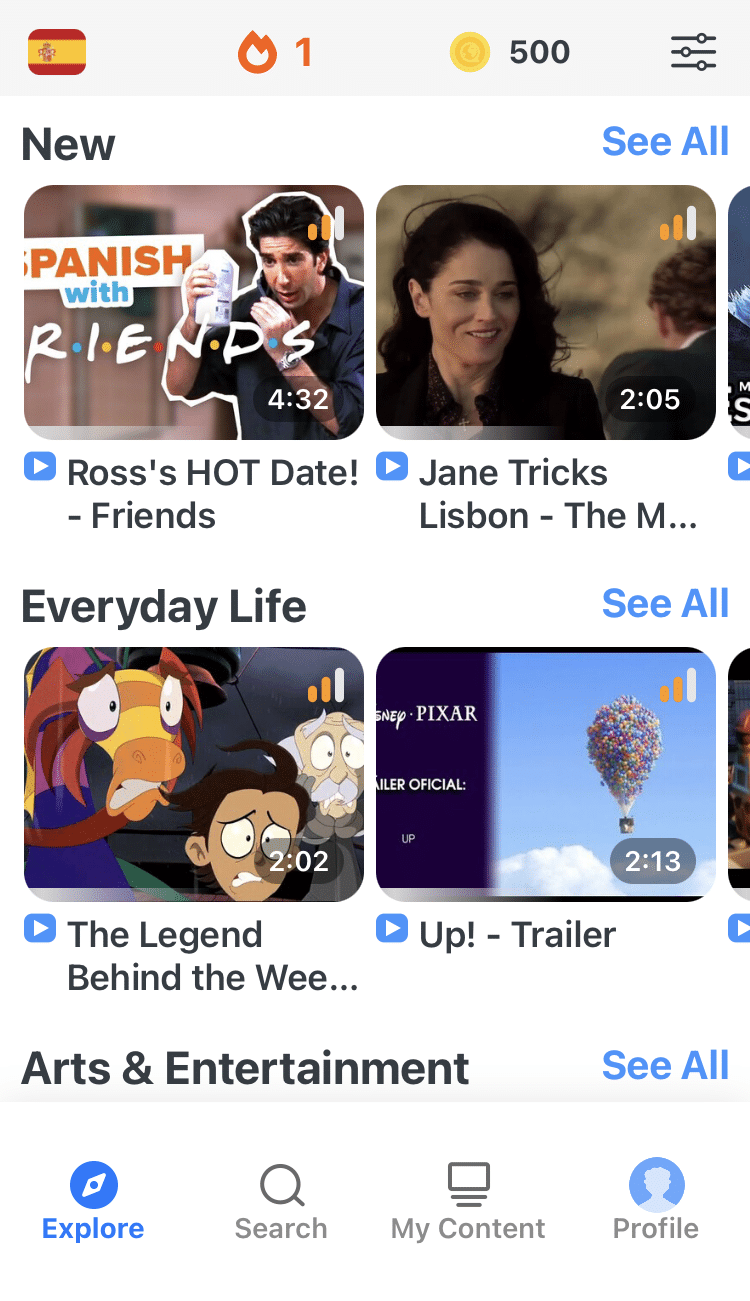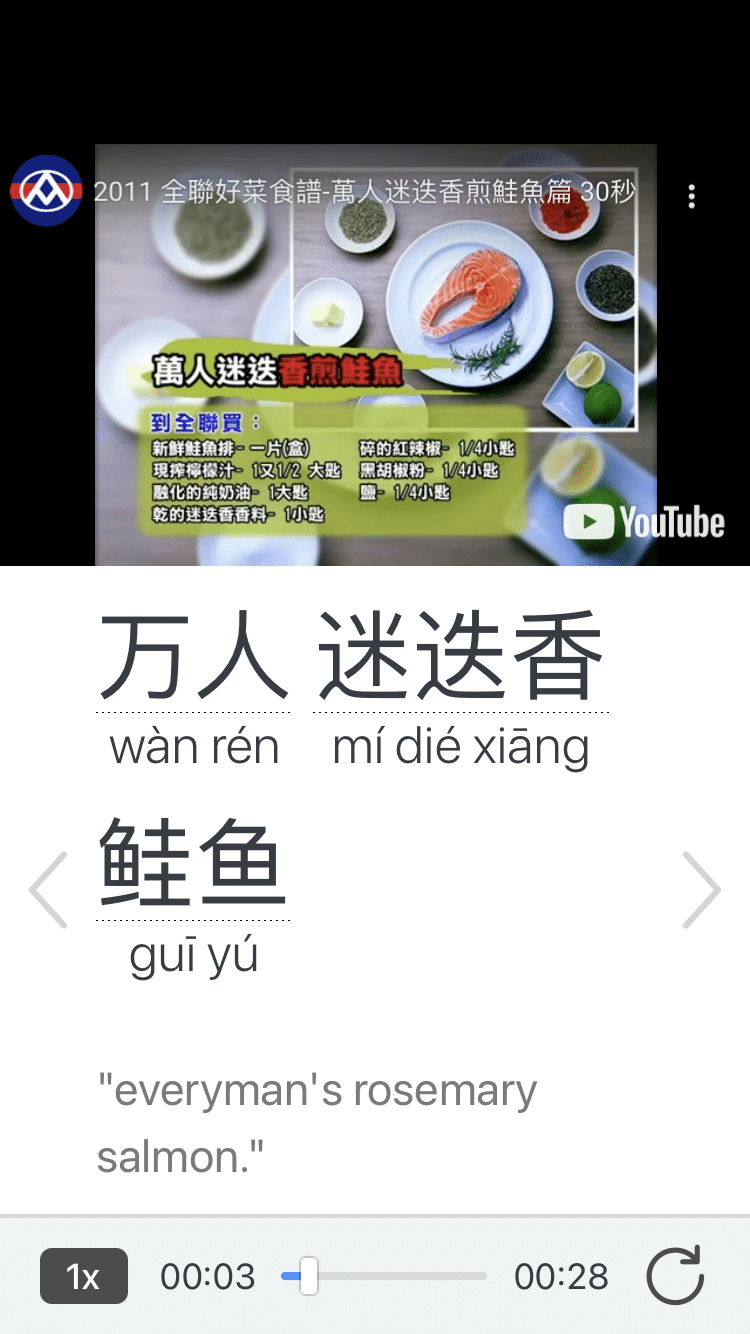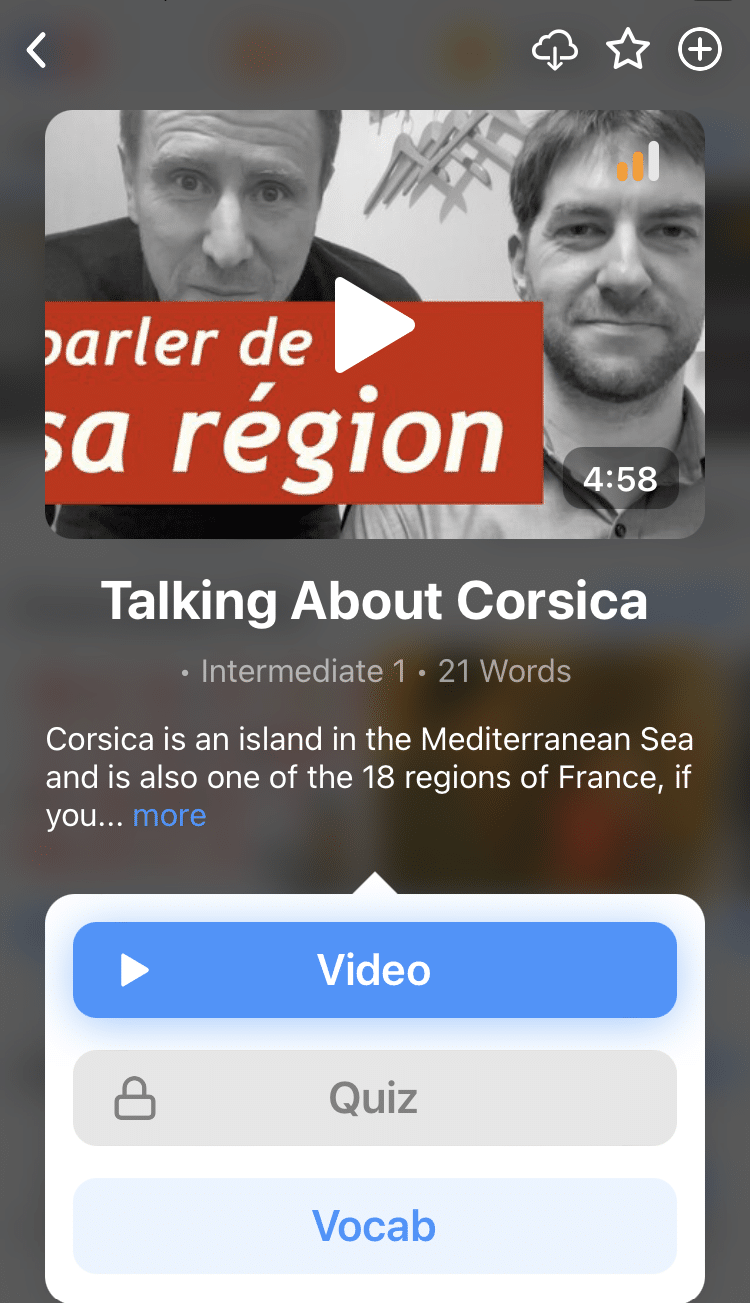
30 Ways to Say Cheers in Different Languages + Cultural Notes
Being social and experiencing local food and drink are integral parts of world travel.
And no matter where we go, the gesture of raising a glass and proclaiming “cheers” is globally recognized.
Here, you’ll learn how to say cheers in different languages, including phonetic pronunciations based on the American accent.
So, let’s fill up those glasses and learn how to raise them as the locals do.
Contents
- 1. Cheers in Afrikaans: Gesondheid
- 2. Cheers in Chinese: 干杯 (gān bēi)
- 3. Cheers in Czech: Na zdraví
- 4. Cheers in Danish: Skål
- 5. Cheers in Norwegian: Skål
- 6. Cheers in Dutch: Proost
- 7. Cheers in Finnish: Kippis
- 8. Cheers in Icelandic: Skál
- 9. Cheers in French: À votre santé
- 10. Cheers in German: Prost
- 11. Cheers in Greek: Υγεία (ygeia)
- 12. Cheers in Hebrew: לחיים (l’chaim)
- 13. Cheers in Italian: Salute
- 14. Cheers in Japanese: 乾杯 (かんぱい)
- 15. Cheers in Korean: 건배 (geon-bae)
- 16. Cheers in Polish: Na zdrowie
- 17. Cheers in Russian: За здоровье (saa zdorovie)
- 18. Cheers in Ukrainian: Будьмо (Bud’mo)
- 19. Cheers in Portuguese: Saúde
- 20. Cheers in Spanish: Salud
- 21. Cheers in Thai: โชคดี (chok di)
- 22. Cheers in Turkish: Şerefe
- 23. Cheers in Vietnamese: Một, hai, ba, vô
- 24. Cheers in Irish Gaelic: Sláinte
- 25. Cheers in Filipino: Tagay
- 26. Cheers in Indonesian: Selamat minum
- 27. Cheers in Albanian: Gëzuar
- 28. Cheers in Arabic: في صحتك (Fi Sahtak)
- 29. Cheers in Azerbaijani: alqış
- 30. Cheers in Bulgarian: Наздраве (Nazdrave)
- The Origins of Toasting
- Modern Drinking Etiquette Around the World
- And One More Thing...
Download: This blog post is available as a convenient and portable PDF that you can take anywhere. Click here to get a copy. (Download)
1. Cheers in Afrikaans: Gesondheid
How to say it: ge-SOOND-heit
Literal translation: “Health”
This “cheers” literally translates to “health.” As you’ll see, this is a recurring theme when it comes to toasting in different languages!
2. Cheers in Chinese: 干杯 (gān bēi)
How to say it: gan-bay
Literal translation: “Dry the cup”
The Chinese say “dry the cup” when they raise a glass.
3. Cheers in Czech: Na zdraví
How to say it: naz-DRAH-vee
Literal translation: “To health”
When the Czech clink glasses, they call out “to health!”
Maintain eye contact when you say this cheers, as the lack of eye contact is interpreted as a lack of respect.
In fact, this is a common understanding in most European countries when you say cheers.
4. Cheers in Danish: Skål
How to say it: skoll
Literal translation: “Bowl,” “basin” or “dish”
This cheers is the same in Iceland and Sweden as well. It directly translates to “bowl,” “basin” or “dish.”
5. Cheers in Norwegian: Skål
How to say it: skoll
Literal translation: “Bowl” or “Cheers”
Similar to the Danish toast, Norwegians say “Skål” when raising their glasses.
6. Cheers in Dutch: Proost
How to say it: prOST
Literal translation: “Cheers”
This toast is generally not used when drinking wine. In fact, if a cheers is to be made with wine, the Dutch often use the French word for cheers (see below).
7. Cheers in Finnish: Kippis
How to say it: KEEP-pees
Literal translation: “Keep peace”
Finnish shipbuilders brought this toast into popularity!
According to legend, when Finnish sailors made their way to England in the 10th century, they liked to frequent pubs. Pub owners asked them to “keep the peace”—which the Fins happily embraced by yelling out “kippis” (keep peace) with every drink they received.
8. Cheers in Icelandic: Skál
How to say it: skowl
Literal translation: “Bowl” or “Cheers”
Like its Nordic counterparts, Icelanders use “Skál” to toast, maintaining a cultural connection.
9. Cheers in French: À votre santé
How to say it: a VOT-re SAN-tay
Literal translation: “To your health”
This is the formal way to offer cheers in France. It’s also common to just say santé (health).
Make sure you don’t cross glasses with someone when you’re toasting, otherwise you might be cursed with seven years of bad luck!
10. Cheers in German: Prost
How to say it: pOST
Literal translation: “Cheers”
This German toast is only used for informal occasions, like when you’re drinking beer at the pub with your buddies.
If you want to toast during a birthday party, wedding or another type of special occasion, there are specific formal cheers for those.
11. Cheers in Greek: Υγεία (ygeia)
How to say it: ee-hYA
Literal translation: “Cheers”
The word used for “cheers” in Greek is another that literally means “health.”
12. Cheers in Hebrew: לחיים (l’chaim)
How to say it: le HA-yim
Literal translation: “To life”
This Hebrew toast translates as “to life!”
13. Cheers in Italian: Salute
How to say it: sa-LU-tay
Literal translation: “To your health”
Italians may also use a la vita (to life) when they raise a glass. Nowadays, however, Italians prefer to celebrate with the sound of glasses clinking and saying “Cin! Cin!” (pronounced Cheen cheen).
14. Cheers in Japanese: 乾杯 (かんぱい)
How to say it: kan-pai
Literal translation: “Cheers,” “Dry Cup” or “Empty the glass”
For the Japanese, it’s customary to toast by saying “dry the glass,” just like the Chinese.
15. Cheers in Korean: 건배 (geon-bae)
How to say it: kon-beh
Literal translation: “Empty the glass”
Like in Japanese and Chinese, this is the Korean call to “empty the glass.”
16. Cheers in Polish: Na zdrowie
How to say it: NAZ-drov-ye
Literal translation: “To health”
If you want to say “cheers” like the locals in Poland, do so with the national drink, vodka.
The most common way to drink vodka in Poland is in shot form, followed by a chaser, if you need one.
17. Cheers in Russian: За здоровье (saa zdorovie)
How to say it: za ZDOR-ov-ye
Literal translation: “To health”
Toasting with vodka is a big part of the drinking culture in Russia. Don’t forget to yell out “to health!” in Russian.
There’s also this variation: Будем здоровы (Let’s be healthy!)
18. Cheers in Ukrainian: Будьмо (Bud’mo)
How to say it: bud-mo
Literal translation: “Let’s be”
The Ukrainian toast “Будьмо” invites everyone to join in and be part of the celebration.
19. Cheers in Portuguese: Saúde
How to say it: sa-OO-deh (Portugal), sa-OOJ (Brazil)
Literal translation: “Health”
The literal translation is “health,” which is the most common cheers in Portuguese.
In a formal setting, the host is the one who should propose a toast.
20. Cheers in Spanish: Salud
How to say it: sa-LOOD
Literal translation: “To your health”
If you’re going to say “cheers” in Spanish, make sure you have an alcoholic drink.
If you don’t, you’ll (allegedly) be cursed with seven years of bad luck in bed!
21. Cheers in Thai: โชคดี (chok di)
How to say it: chokh dee
Literal translation: “Good luck”
This is a casual toast that means “good luck!”
22. Cheers in Turkish: Şerefe
How to say it: sheh-re-FEH
Literal translation: “To honor”
Most commonly used when toasting with alcoholic beverages, this Turkish word literally means “to honor.”
23. Cheers in Vietnamese: Một, hai, ba, vô
How to say it: mohd, hai, bah, voh
Literal translation: “one, two, three, cheers!”
In Vietnam, toasting is done with this little counting phrase, which literally translates to “one, two, three, cheers!”
24. Cheers in Irish Gaelic: Sláinte
How to say it: slaan-cheh
Literal translation: “Health”
In Ireland, the toast “Sláinte” encapsulates the wish for good health.
25. Cheers in Filipino: Tagay
How to say it: mah-boo-hay
Literal translation: “Live”
In the Philippines, the toast “Mabuhay” expresses a wish for a vibrant and joyful life.
26. Cheers in Indonesian: Selamat minum
How to say it: se-la-mat mi-num
Literal translation: “Happy drinking”
In Indonesia, the toast “Selamat minum” wishes everyone a joyous and enjoyable drinking experience.
27. Cheers in Albanian: Gëzuar
How to say it: gez-u-ar
Literal translation: “Cheers”
In Albania, the toast “Gëzuar” expresses good wishes and joy during shared moments.
28. Cheers in Arabic: في صحتك (Fi Sahtak)
How to say it: fi sah-tak
Literal translation: “In your health”
The Arabic toast “في صحتك” is a warm wish for the well-being of the person being toasted.
29. Cheers in Azerbaijani: alqış
How to say it: al-geesh
Literal translation: “Applause”
Azerbaijani toasts with “alqış,” conveying a sentiment of appreciation and respect.
30. Cheers in Bulgarian: Наздраве (Nazdrave)
How to say it: naz-dra-ve
Literal translation: “To health”
Bulgarians celebrate with “Наздраве,” echoing the common theme of toasting for good health.
The Origins of Toasting
There are plenty of stories about the origins of toasting, but it’s hard to say which are correct. They do make for fun reading, however, so let’s check out a couple!
Many believe the toast originated to determine whether the glass of liquid refreshment you’d been given was poisoned.
You were meant to touch your glass to the host’s glass hard enough to slosh some liquid from your drink into theirs. Both glasses would then be tainted, which would probably discourage a host from poisoning their guests.
Great theory, but there’s no substantial evidence to prove this.
In ancient Rome, toasting to the well-being and continued health of the Emperor was mandated by the senate. Emperor Augustus lived to a ripe old age, so maybe all of those good wishes worked in his favor!
Shakespeare’s classic “Merry Wives of Windsor” includes a toast—literally! During this epic drama, a piece of toast is put into a drink before the glass is raised.
Some other old, superstitious stories are still in circulation. They do add some fun and laughter to a celebration—and that’s the point of celebrating, isn’t it?
One of my favorite stories involves the belief that touching glasses together in a toast and making that glass-on-glass clink noise will chase away demons, bad spirits and other malevolent entities.
Modern Drinking Etiquette Around the World
Drinking etiquette has changed a bit since Emperor Augustus and Shakespeare were around.
Today, travelers can expect different experiences depending on where they are.
In Iceland, locals devote a whole weekend every year to drinking and celebrating. Verslunarmannahelgi (Shopkeepers Weekend) offers plenty of opportunities to toast everything Icelandic—and visitors are encouraged to raise a bottle of Lava, one of the country’s well-loved beers.
In Korea, it’s customary to accept a drink with both hands—never one, which is considered impolite. Also, if an elder offers you a drink, it’s best to accept and try to empty the glass. That’ll put you in a favorable light with your host!
In Sweden, wedding receptions have an actual toastmaster who is in charge of setting up guests to make congratulatory toasts to the newlywed couple. It’s a super nice custom to enhance an already joyful celebration!
In Azerbaijan, there’s an elaborate toasting tradition. The host of an event stands, raises a glass and says a few words. Everyone drinks their glass to empty. Cups are refilled, and then the person seated beside the host makes a brief toast. This goes on around the table, with every guest drinking a glass after every toast. What a festive way to celebrate!
While toasting is a long-standing event, practices can change over time.
But regardless of culture or location, wishing wealth, health and good fortune never goes out of style. You’ll see this when you watch movies, TV shows and other modern clips in the language you’re interested in.
To see the usage of these well-wishes, you can use a language program such as FluentU.
FluentU takes authentic videos—like music videos, movie trailers, news and inspiring talks—and turns them into personalized language learning lessons.
You can try FluentU for free for 2 weeks. Check out the website or download the iOS app or Android app.
P.S. Click here to take advantage of our current sale! (Expires at the end of this month.)
Learn the expressions in this post and travel around the world—one cheer at a time!
Download: This blog post is available as a convenient and portable PDF that you can take anywhere. Click here to get a copy. (Download)
And One More Thing...
If you dig the idea of learning on your own time from the comfort of your smart device with real-life authentic language content, you'll love using FluentU.
With FluentU, you'll learn real languages—as they're spoken by native speakers. FluentU has a wide variety of videos as you can see here:
FluentU has interactive captions that let you tap on any word to see an image, definition, audio and useful examples. Now native language content is within reach with interactive transcripts.
Didn't catch something? Go back and listen again. Missed a word? Hover your mouse over the subtitles to instantly view definitions.
You can learn all the vocabulary in any video with FluentU's "learn mode." Swipe left or right to see more examples for the word you’re learning.
And FluentU always keeps track of vocabulary that you’re learning. It gives you extra practice with difficult words—and reminds you when it’s time to review what you’ve learned. You get a truly personalized experience.
Start using the FluentU website on your computer or tablet or, better yet, download the FluentU app from the iTunes or Google Play store. Click here to take advantage of our current sale! (Expires at the end of this month.)







